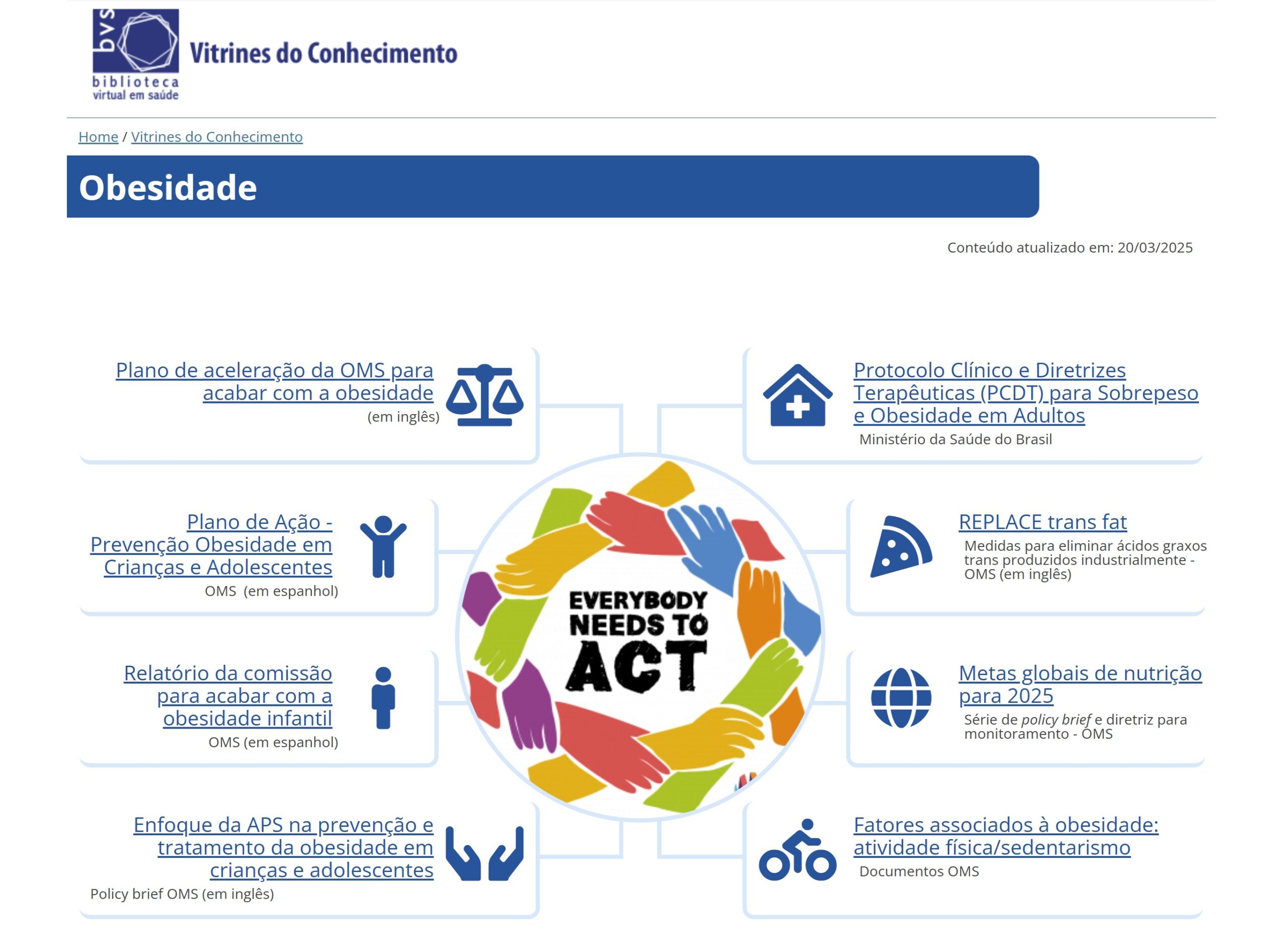World Obesity Day, celebrated on March 4, draws attention to the global obesity epidemic and mobilize actions to prevent and treat it. According to data from the World Health Organization (WHO), more than 1 billion people worldwide live with obesity – approximately one in eight people. This number has been growing over the last few decades: since 1990, the prevalence of obesity has more than doubled among adults and quadrupled among children and adolescents.
Obesity is a significant risk factor for a number of chronic diseases. People with obesity are more likely to develop type 2 diabetes, cardiovascular disease, hypertension, stroke and various types of cancer, as well as often experiencing mental health problems. In the Region of the Americas, where obesity rates have tripled in the last 50 years, around 62.5% of the adult population is overweight or obese – the highest regional prevalence in the world.
To cite one example, in 2021, obesity contributed to approximately 2.8 million deaths from chronic diseases in the Americas, highlighting its enormous impact on public health. Also, during the COVID-19 pandemic, the aggravating factor was clear: obese individuals were up to three times more likely to be hospitalized due to COVID-19.
Prevention from an early age is essential
Despite the complexity of its causes, obesity can be prevented. Experts stress the need to act early on – starting with proper nutrition during pregnancy, exclusive breastfeeding in the first 6 months of life and healthy eating in early childhood. These measures reduce the risk of being overweight in childhood and throughout life.
At the same time, it is essential to create healthy environments that encourage appropriate dietary choices and regular physical activity. Effective measures include facilitating access to nutritious food, providing safe spaces for activities such as walking and cycling, and restricting the supply and advertising of ultra-processed products and sugary drinks, especially for children. Food education at home and in schools, combined with supportive public policies, plays an important role in forming healthy habits in new generations.
Global and regional initiatives against obesity
Recognizing obesity as a complex chronic disease that requires a multisectoral response, WHO member countries approved an Acceleration Plan in 2022 to halt the rise in obesity by 2030. This global plan provides a set of evidence-based interventions to support countries in their response to obesity. Currently, 31 governments around the world are already implementing policies in line with this plan, indicating growing commitment to tackling the crisis.
In the Region of the Americas, PAHO has been working with member countries to put these strategies into practice. In December 2022, for example, PAHO experts met with representatives from several Latin American countries (Brazil, Argentina, Chile, and Mexico, among others) to draw up national roadmaps for implementing the action plan against obesity.
These initiatives reinforce international collaboration in the fight against obesity, sharing experiences and promoting the adoption of effective policies in different contexts.
Window of Knowledge on Obesity
To support the dissemination of qualified, evidence-based information on the subject, BIREME/PAHO/WHO built the Window of Knowledge on Obesity available in the Virtual Health Library (VHL). This Window of Knowledge brings together relevant documents and resources on obesity prevention and management – from WHO global action plans to national clinical guidelines. For example, the WHO Acceleration Plan to End Obesity and the Brazilian Ministry of Health’s Clinical Protocol and Therapeutic Guidelines for Overweight and Obesity in Adults are accessible, among many other materials. The platform is available in Portuguese, English and Spanish and can be accessed online at https://bvsalud.org/vitrinas/en/post_vitrines/obesity/.
By offering this thematic repository, BIREME contributes with health professionals, researchers and policy makers by providing easy access to up-to-date evidence, strengthening obesity prevention actions and treatment at global and regional levels.
